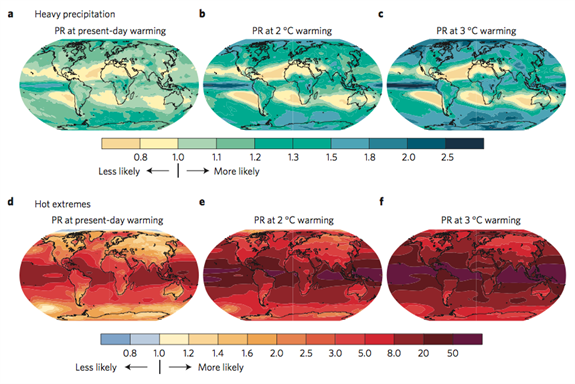Association between Ambient Air Pollution and Diabetes Mellitus in Europe and North America: Systematic Review and Meta-Analysis (9 page pdf, Ikenna C. Eze, Lars G. Hemkens, Heiner C. Bucher, Barbara Hoffmann, Christian Schindler, Nino Künzli, Tamara Schikowski, and Nicole M. Probst-Hensch, Environmental Health Perspectives, May 1, 2015)
Today we review the results of a literature search for refereed studies or reports linking diabetes with air pollution. The search revealed over 680 reports and 13 studies that were conducted in Europe or North America- but not in developing countries. Analysis showed strong evidence linking inflammation from air pollution linked to the occurrence of Diabetes Type 2. Future studies need to take account of possible biases or unrelated causes of diabetes (such as obesity) as well as the need for this kind of research in developing countries where indoor air pollution is more likely to be a factor.
The blue circle is the global symbol for diabetes, introduced by the International Diabetes Federation with the aim of giving diabetes a common identity, supporting existing efforts to raise awareness of diabetes and placing the diabetes epidemic firmly in the public spotlight. (Photo credit: Wikipedia)[/caption]
Key Quotes:
“Persons with type 2 diabetes mellitus (T2DM) are at increased risk to develop micro- and macrovascular diseases and reduced lung function”
“13 studies on different types of diabetes. The identified epidemiological evidence is highly diverse: Levels, timing, and assessment of exposure varied, as did the outcome definitions, measures of association, and degree of confounder control.”
“There is strong evidence supporting the role of inflammation in T2DM …Chronic activation of inflammatory mechanisms can contribute to chronic insulin resistance and subsequent T2DM. Air pollution has been shown to be inflammatory “
“Future studies should report scales of exposure assessment (pollutant quantification and traffic exposure proxies) that allow direct comparisons with existing evidence”
“Adjusting for noise exposure is also essential because air pollution and noise can be correlated”

























































